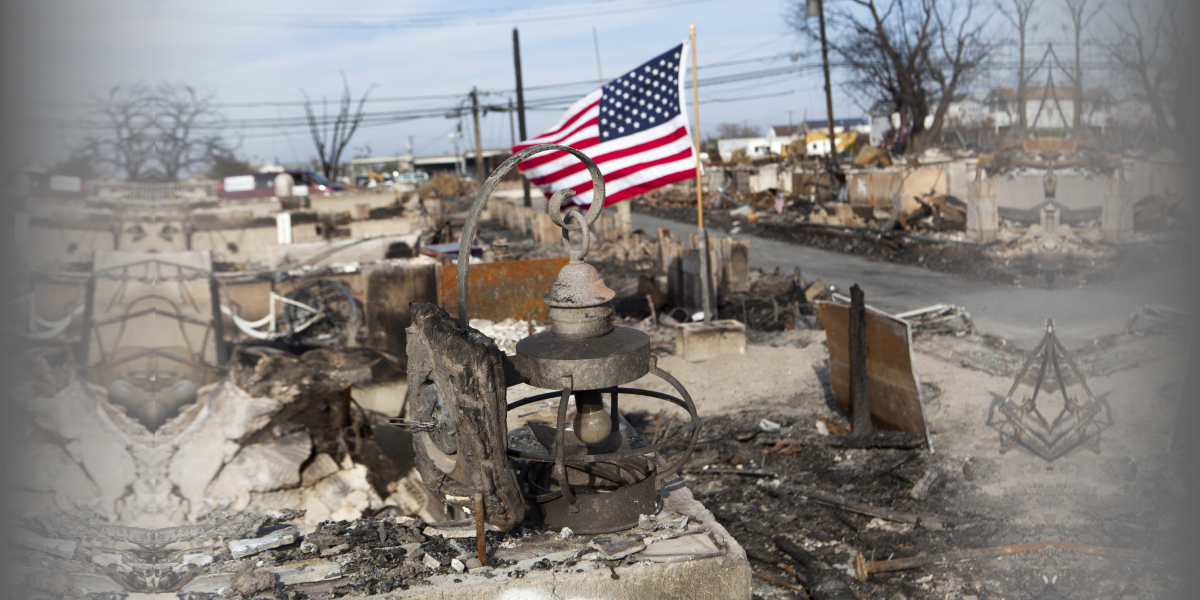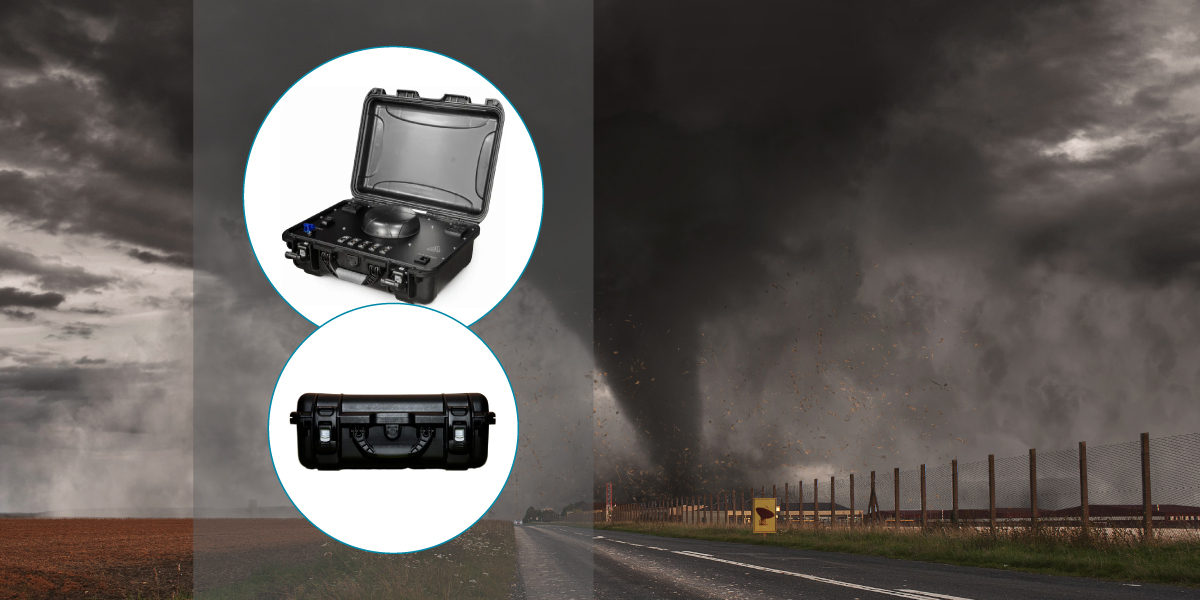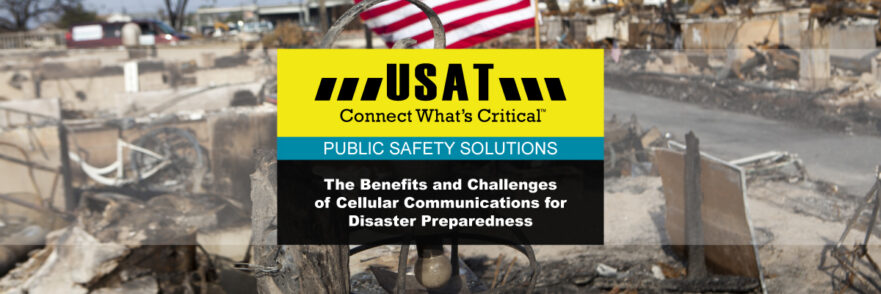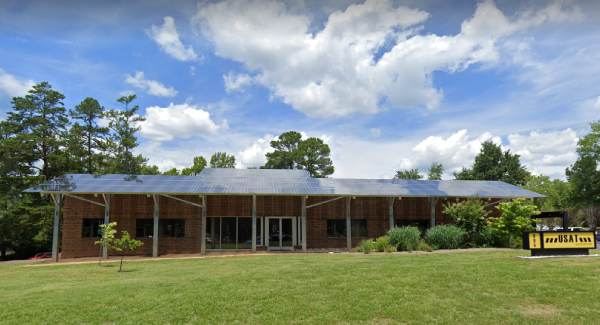Cellular Communications Vital to Disaster Preparedness Planning
Cellular communication has revolutionized the way we communicate in disaster relief and management situations. This technology offers many benefits, including real-time communication, quick response, and easy accessibility. However, there are also some challenges that need to be addressed to ensure the effective use of cellular communication during disasters. In this article, we will explore the benefits and challenges of using cellular communication in disaster relief and management situations.
Benefits of Using Cellular Communications in Disaster Relief and Management
Real-time communication
Quick Response
Accessibility
Wide Coverage
Rapid Deployment

Challenges of Using Cellular Communications in Disaster Relief and Management
Network Congestion
Power Outages
Infrastructure Damage
Network Security
Limited Bandwidth

Overcoming Cellular Communications Challenges in Disaster Management
Cellular communication is an essential tool for disaster relief and management situations, but it can be challenging to use during disasters, especially given the five bullet points we previously addressed. Disasters can damage cellular infrastructure, cause network congestion, and create power outages, making it difficult for emergency responders to communicate effectively. Below, we will discuss how to overcome the challenges of using cellular communication aforementioned.
Network Resilience And Redundancy
Backup Power
Rapid Deployment Systems
Network Optimization
Security Measures
Overview
Cellular communication is a valuable tool in disaster relief and management, offering benefits such as real-time communication, quick response, accessibility, and wide coverage. However, there are also challenges associated with using cellular communication in disaster situations, including network congestion, power outages, infrastructure damage, network security, and limited bandwidth.
As mentioned, cellular communications can be challenging to use during disasters. To ensure effective use of cellular communication during disasters, emergency responders and government agencies must work together to improve network resilience and redundancy, implement backup power systems, use rapid deployment systems to restore infrastructure, optimize network performance, and implement strong security measures.
To ensure effective use of cellular all concerned parties must address these challenges by developing effective disaster management strategies that take advantage of the benefits offered by cellular communication. These strategies can help overcome the challenges of using cellular communication during disasters, enabling emergency responders to communicate effectively and respond quickly.
About USAT
USAT specializes in designing and deploying fixed and mobile wireless data connectivity solutions for public safety agencies of all kinds (police, fire, ems, and emergency management) — complete with implementation, training, proof of concept (POC), system auditing, and on-site RF surveying services with optional engineering maintenance contracts. Our team not only helps you select, provision, and activate devices, we make sure they work in practical applications and real-life situations.
For over 25 years, USAT has provided cellular networking solutions for public safety departments and federal relief agencies across the USA. With our extensive catalog of world-class routers, gateways, and software designed for remote monitoring and management in even the harshest environments — you can count on us to get and keep you connected.
Reliable connectivity translates to less manual equipment maintenance, reduced downtime, enhanced communications capabilities, and the ability to help you save more lives . Contact the experts at USAT to learn how our wireless networking solutions can help meet your organization's exacting needs.
Share this Post














